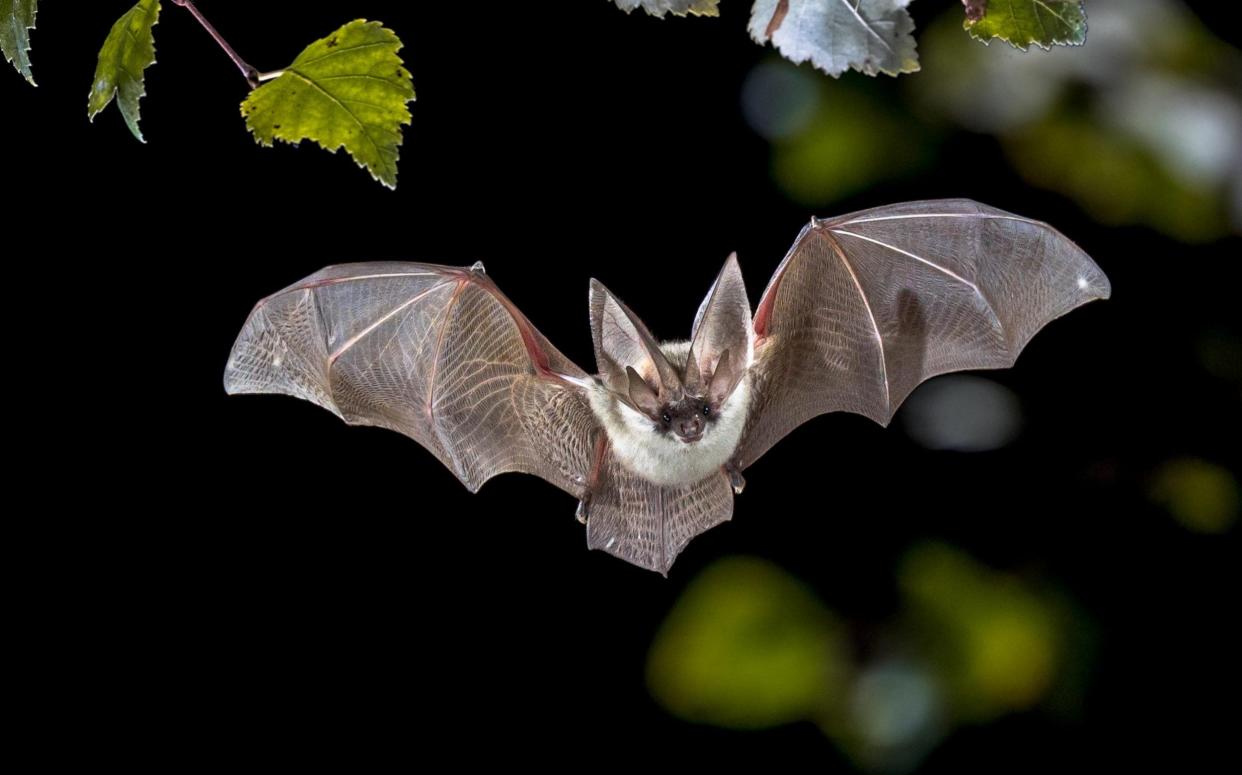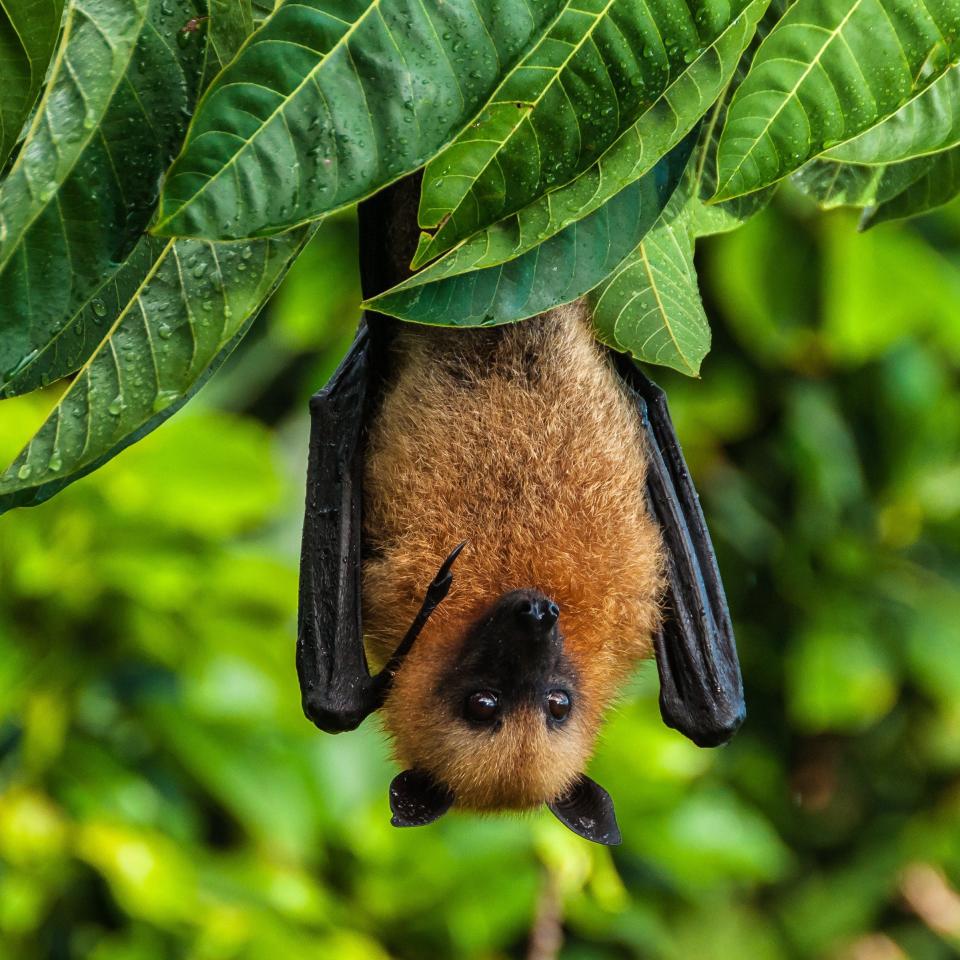Bats could hold secret to human inflammatory disease and ageing, reveals groundbreaking new study

A protein carried by bats could hold the secret to slowing the human ageing process and combating inflammatory diseases as diverse as Covid-19, heart disease and arthritis, according to new research.
Bats have exceptionally long life spans for small mammals – some live for up to 40 years – and are able to live with normally lethal viruses such as Sars, Ebola and Zika without ill effect.
Now a team of scientists have identified a modified version of a protein called “bat ASC2”, which suppresses the inflammatory response in bats and appears to explain their incredible resilience.
When laboratory mice were genetically modified to carry the protein, the resulting “bat-mouse chimera” showed the same inflammatory defences as bats, according to the research published on Thursday in the journal Cell. Laboratory experiments with human cells showed a similar effect.
“Our results demonstrate an important mechanism by which bats limit excessive virus-induced and stress-related inflammation with implications for their long lifespan,” the team from Singapore and China wrote in the study.
Virus reservoirs
They added that when the bat ASC2 – only slightly different from our own – was tested on human cells they too became more resilient, demonstrating its “therapeutic potential”.
The findings “provide new insights and strategies to combat ageing and inflammatory diseases in humans”, they said.
The research was led by Dr Linfa Wang, a professor of emerging infectious diseases at Duke-NUS Medical School and the scientist who, in 2005, helped to establish that bats were the natural reservoir of Sars viruses.
When asked whether bat ASC2 could hold the answer to longevity and reduced mortality from viruses in humans, he told the Telegraph: “Yes. It may not be the only factor, as biology is never as simple as one molecule or one pathway. But the overall dampening of inflammation most likely plays a role in health ageing in bats.”
He added that new research could eventually lead to human medicines that “mimic ASC2”, and could be used to treat a range of viruses that trigger an inflammatory response.
“We have filed patents based on this work and are exploring commercial partnerships for drug discovery,” Prof Wang said. “We are hoping to develop a new class of anti-inflammatory drugs for inflammasome-driven human diseases.”

The results in the mice were marked. The mortality rate from a lethal influenza virus dropped from 100 per cent to 50 per cent among those with the ASC2 adaptation. The protein also “substantially inhibited” Zika virus in the bat-mice.
The paper analyses the evolution of ASC2, which is carried by both humans and bats, and suggests that it has become more powerful in bats because they fly. This puts their bodies under huge physiological stress and the theory is that bats have evolved a way to suppress their inflammatory immune response to cope.
“Since bats are the only mammals with powered flight, the metabolically costly flight might be one of the key drivers for this adaptation,” the report said.
Another animal which has high natural ASC2 expression is the blind mole rat, though it’s not clear why. But, like bats, the rodents are“exceptionally long-lived”.
“[It’s] very exciting to see ASC2 in the long lived mole-rat as well,” said Prof Wang. “But what is the key stress in mole-rat that triggered the ‘convergence’ evolution as we see in bats remains to be elucidated.”
Long lifespans
Prof Stuart Neil, a professor of virology at King's College London who was not involved in the research, said it is important to help explain “whether there are special features of the bat immune system that allow them to tolerate infection with so many seemingly nasty viruses”.
But he added that more research is needed to confirm whether ASC2 is responsible for long lifespans in bats – something that will be difficult to determine.
“They haven’t done any experiments yet with the transgenic mice to see if that is the case… they would need to show that bat ASC2 endows mice with a longer life. I’m sure it won’t be that straightforward,” Prof Neil told the Telegraph. “[ASC2] may have something to do with it, but I would suspect such longevity is very multifactorial.
“However, understanding how bat ASC2 shuts down [the] inflammation may certainly allow the rational design of more focused therapeutics for chronic inflammatory disease. Whether such understanding will have a general preservative effect on lifespan is anyone’s guess,” he said.
Professor Gilda Tachedjian, head of Life Sciences at the Burnet Institute in Australia, added: “They show proof of concept that bat ASC2 protein can target the inflammasome thereby dampening markers of inflammation in vitro (cell culture) and in a transgenic mouse model.
“While the findings of this study are intriguing, more work is needed to translate these findings into new therapies that can be used in people to reduce mortality from viruses or increase longevity.”
Read more on this story here in Telegraph Features.
Protect yourself and your family by learning more about Global Health Security

